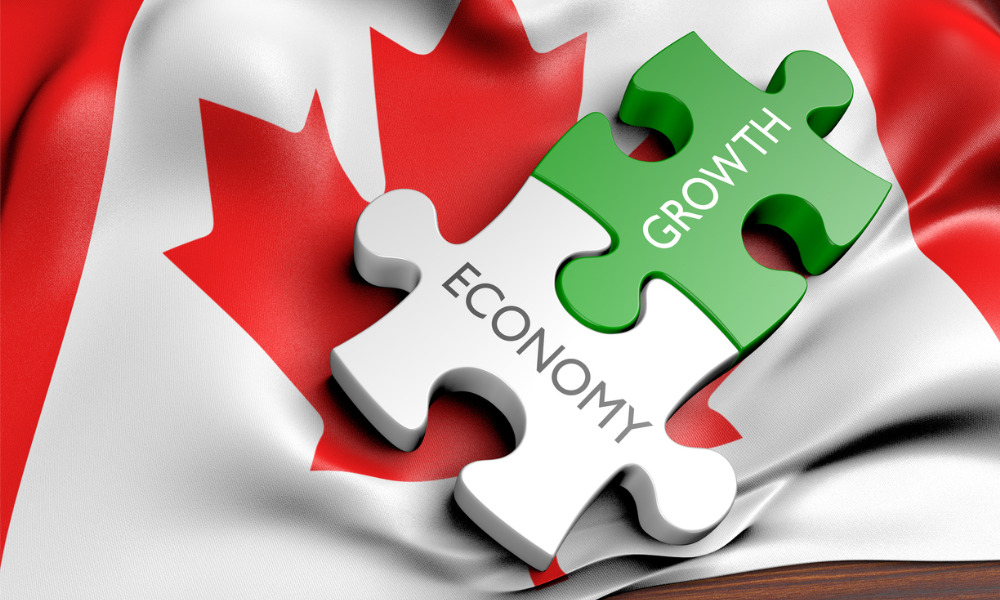Mutual funds and equities led the financial services sector's gains in February

Canada’s economic growth slowed in February according to new figures from Statistics Canada.
Real GDP was up 0.2% following a 0.5% rise in January as services producing industries gained 0.2%, led by transportation and warehousing, while goods producers posted essentially flat growth. Overall, 12 out of 20 sectors gained.
Finance and insurance continued to play its part in Canadian growth with a 0.3% rise in February marking the third consecutive gain for the sector. February’s increase was driven by financial investment services, funds and other financial vehicles (+1.4%) as mutual funds and equities were boosted by expectations for interest rate announcements. Loans and fixed-term deposits also produced positive results.
Statistics Canada’s advance information suggests that real GDP in March will be essentially unchanged, which would mean the overall gain for the first quarter would be 0.6%. The official estimate for the first quarter will be available on May 31, 2024, when the official estimate of real GDP by income and expenditure is released.
Rate cut expectations
“Today’s GDP report confirmed our expectations that the January surge in output was temporary, and in no way marked an inflection point for the growth backdrop in Canada that remains very weak,” said RBC Economics economist Claire Fan, who added a June rate cut is still RBC’s base case forecast.
CIBC Economics’ Andrew Grantham agrees.
“We suspected that strength in GDP at the start of the year largely reflected an easing of previous supply constraints as well as better than normal winter weather, and the waning of momentum since January supports that view,” he said. “If growth remains sluggish at the start of Q2 as we expect, and inflation doesn't heat up again in April, the Bank of Canada should start gradually reducing interest rates at the June meeting.”
But Marc Ercolao at TD Economics believe the BoC may hold off longer.
“At this stage, market pricing is split down the middle between the first interest rate cut occurring in June or July. We lean towards the latter as it will give the Bank slightly more time to ensure that inflationary trends are durable,” he said.



